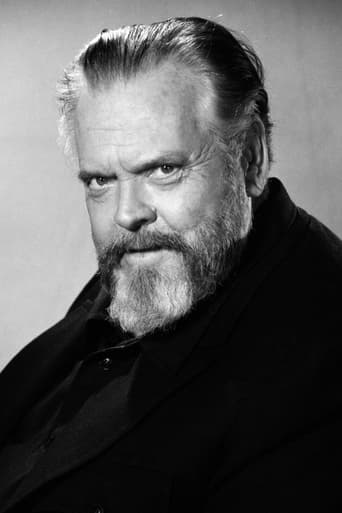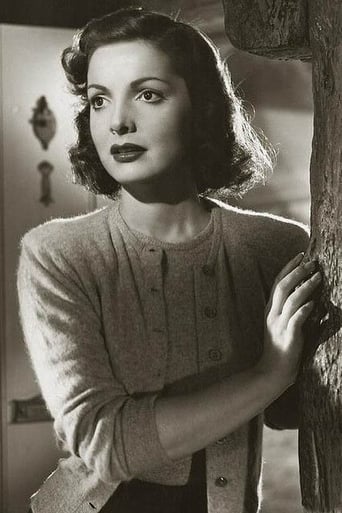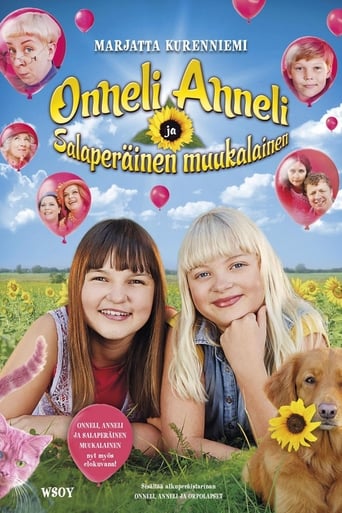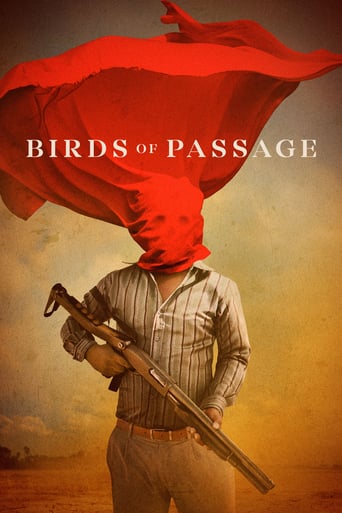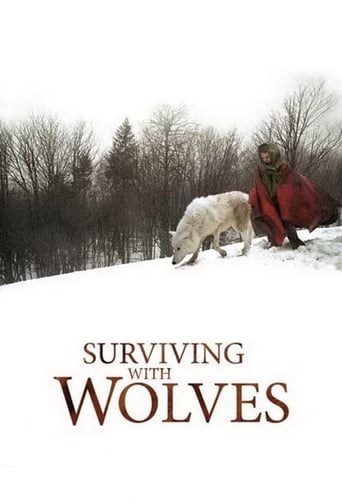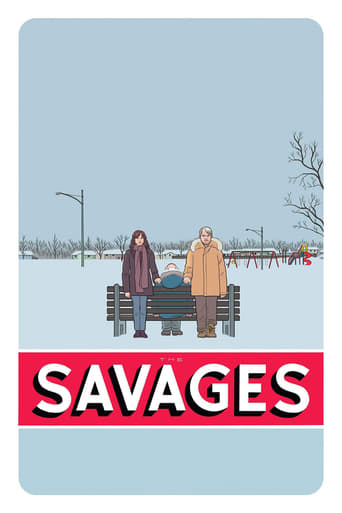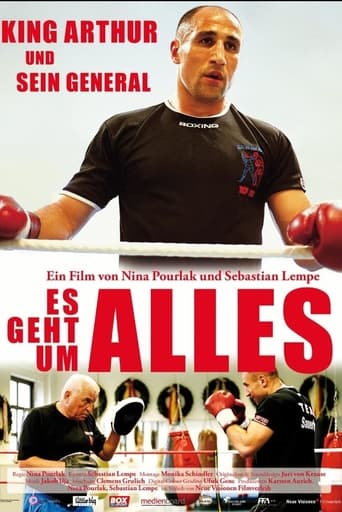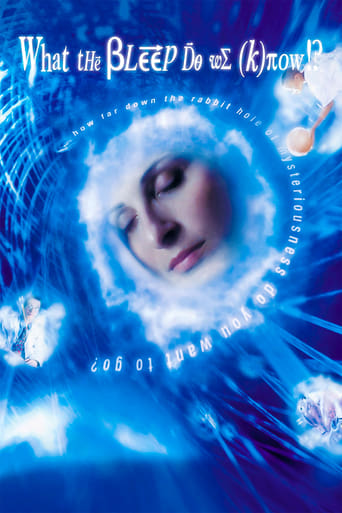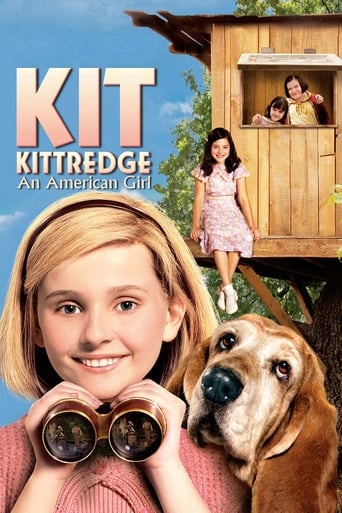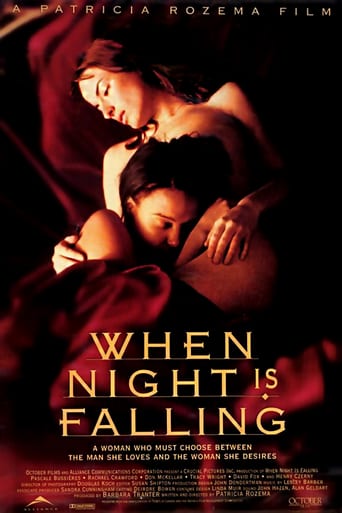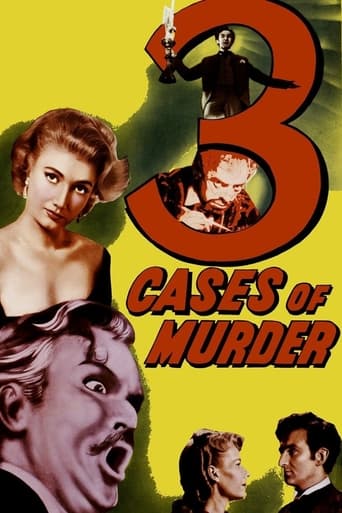
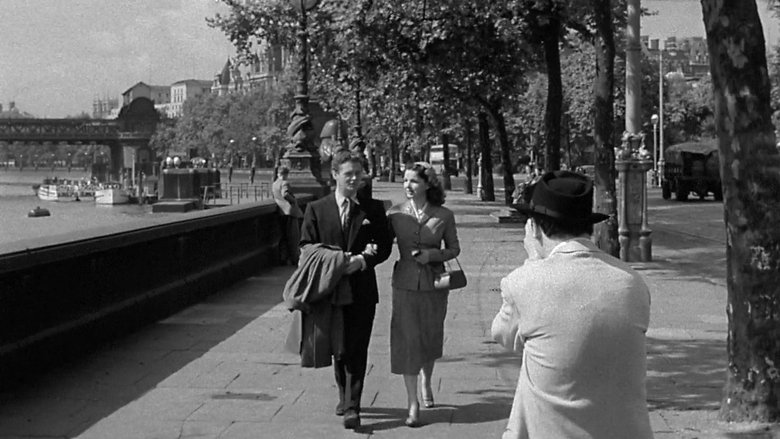
Three Cases of Murder (1955)
Three stories of murder and the supernatural: A museum worker is introduced to a world behind the pictures he sees every day. When two lifelong friends fall in love with the same woman and she is killed, they are obvious suspects. Is their friendship strong enough for them to alibi each other? When a young politician is hurt by the arrogant Secretary for Foreign Affairs Lord Mountdrago, he uses Mountdrago's dreams to get revenge.
Watch Trailer
Cast


Similar titles
Reviews
I love the way Eamonn Andrews, in his introduction, saunters over to the mantelshelf, picks up the cigarettes and lights one! How better to make him seem to be acting naturally in the 50s?Story 1 is intriguing and disturbing but a bit too long. Some of the flat spots add to the suspense and atmosphere, but some are just flat spots.Agatha Christie has spoiled us for the likes of Story 2. I'm sure most people see the twist coming a mile off. The only sub-standard section.A great actor and a master storyteller come together to produce something special in Story 3, marginally better than Story 1 and thus best of the bunch.
This was a late entry at the tail-end of the portmanteau mini trend that peaked in the late forties/early fifties; coincidentally the trend was given a second wind by the four stories penned by Somerset Maugham and released as 'Quartet' in 1948 and here again the last of the three segments, Lord Mountdrago is another adaptation of a Maugham story and Orson Welles as the eponymous Mountdrago is the only reason to watch this. In a nice touch the three stories are introduced by Eamonn Andrews who could just as well have stood in for John Gregson in the second segment and chances are there was serious betting on the set as to which of the two was the most wooden. The first segment features arguably the most imagination and macabre content and concerns a painting in a museum that fascinates a member of staff to the extent that he actually enters into it and is unable to leave. Elizabeth Sellars, the closest thing to a real actor - if we discount Welles - in the whole thing, is wasted in the second segment and probably couldn't wait to get killed off. Wendy Toye had directed Alan Badel in his breakout role 'The Stranger Left No Card' a couple of years earlier and may have had something to do with his appearing in all three segments plus directing him in the first. Don't put off washing your hair to watch this one.
Eamonn Andrews is the link man for two tales of supernatural suspense and one murder mystery.In the first segment, titled In The Picture, an art gallery guide is lured into a macabre house painting by the artist and finds himself at the mercy of the residents who dwell there. In the second segment, titled You Killed Elizabeth, two friends fall in love with the same woman and when she is murdered it's obvious one of them did it. But which one? The final segment, titled Lord Mountdrago, The Secretary of State for Foreign Affairs ruins the career of an opponent in Parliament and finds the man appearing in his dreams enacting retribution.As is always the case with anthologies, the quality of stories is mixed, with here the middle section being the one that is pretty standard fare. No such problem with the other two stories though.The first one is very creepy, even bordering on the terrifying as the tale reaches its conclusion. Once the story reaches the insides of the house in the painting, we are treated to a trio of odd characters living in a house that instantly conjures up images of horror. Ramshackle and creaky, director Wendy Toye further enhances the discord by using canted angles and personalised framing. An excellent story. Starring Hugh Pryse, Alan Badel and Eddie Byrne.The third tale is considerably boosted by Orson Welles giving bluster to the story written by W. Somerset Maugham. Not without genuine moments of humour, it never reaches scary heights but always it feels off-kilter, the revenge dream attack angle devilish and the production has good quality about it. Very good. Alan Badel co-stars and although the three stories are not related, he is the constant actor in all three. Grand old British trilogy. 8/10
Here's a project based on the notion of folded narrative.There are three stories, and it is marvelous how they complement each other.The project seems to have been built around the last story. It is by Somerset Maugham, adapted by the producer and starring Orson Welles. Orson was deep into his newly found soulmate and had just finished Mr. Arkadin, something special. The story is of a man, Orson's character, who makes an enemy. This enemy vows to destroy his spirit and begins to enter Orson's dreams. In "real life" he acknowledges having done so. This drives Orson mad, and to his death.Orson understood this notion of folded acting, where several layers of character as well as story are supported. We aren't at all sure what is dream, what is imagined and real. We are not sure who is the narrator: Orson, the enemy or some third observer. Orson supports all three. It is marvelous. We may never have another one with this depth.This final story is masterfully prepared by the two previous stories. The first is of mysteries in an art museum. Objects disappear, and a certain painting's frameglass breaks. The fold is that the most engaging painting in the building is the one whose glass breaks. It is painted by an unknown. We learn that this painter, now dead, occupies the house in the painting, with a couple others who were "assigned" to the painting. The house contains the art objects stolen from the museum. The story concerns the constraints of the folded medium, and how difficult it is to keep painting the painting once you are in it.The second story is a more ordinary fold: the framing of a friend for a murder, convincing that friend that he is guilty. The narrator, as we discover, is untrusted and has lied to us as well. This sets up our man Orson, whose "Mr. Arkadin," just happens to have precisely these three folds. Ted's Evaluation -- 3 of 3: Worth watching.


